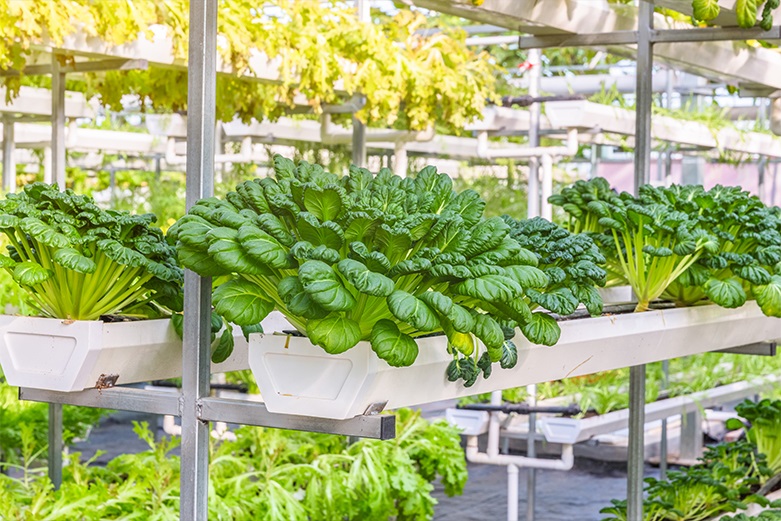Vertical farming: A highly productive production technique
Vertical farming: utopia or opportunity?
When talking about vertical farming, the following question may immediately come to mind: Why vertical farming when we have such fertile land?
The world population is reaching 8 billion people; the climate is changing; pandemics, wars, and crises threaten food security; so new concepts are getting more necessary every day of modern life. Urban agriculture, agricultural factories, soilless agriculture, zero budget agriculture, underground agriculture, hydroponic agriculture, urban gardens concepts, and many more issues can be mentioned together besides vertical farming as waiting for us to get accepted within modern life.
The production included in the concepts we have mentioned is the soilless farming technique made in controlled environments. In vertical farming, there are additionally vertically placed platforms.
Vertical farming: less input, high yield, and quality
Vertical farming is a highly productive production technique independent of the season and isolated from weather conditions. It is important for our planet, where water is becoming increasingly scarce. In this method, water can be used economically and in regeneration by recycling, there would be a saving of up to 95 percent in water usage.
Zero pesticides and minimal use of fossil fuels also contribute to a clean environment. Fertilizer use is also considerably reduced in this system. The product pattern can be changed quickly according to market conditions. A significant part of the controls is done electronically and with a minimum of labor. Moreover, the efficiency can be increased up to 10 times.
Selling directly from the producer to the consumer, even without intermediaries, is a great advantage. Apart from the economic aspect, in such environments families can personally harvest what they need.
This production method can be carried out in cities that are consumption centers and it contributes to the control of product prices. Product losses, quality declines, and marketing costs resulting from the long-distance transportation, and storage obligations of traditional agriculture are significantly reduced.
What are the disadvantages?
However, not everything is perfect in vertical farming. High initial investment and energy costs are important limiting factors. In addition, it is not possible to produce all kinds of products at this stage. Some vegetables that require more fresh use stand out in vertical farming. Isn't that what the citizens of the city want in the first place?
Some good samples of vertical farming
In London, a shelter that is 33 meters underground, closed, and never exposed to the sun is used entirely for this purpose. Artificial lighting also provides heat for plants. The vegetable needs of some of the hotels and restaurants in London are met by this shelter.
There is another closed center in Istanbul which can be a good example of what is explained in this article. In this center, production can be made without the need for sun and soil. All the advantages of vertical agriculture, which we have emphasized in the article, are utilized here.
What should be under consideration?
The economic dimension of the issue should be discussed in detail. The technical and economic feasibility, production costs, and profitability of vertical agriculture in terms of different regions must be studied based on products and according to market conditions, under different scenarios.
These studies should not remain only in the academic dimension, the business world and universities should work together, and the results should be transferred into practice. In particular, efforts to reduce energy costs are necessary to expand vertical agriculture.
Is vertical farming compatible with the traditional method?
However, it should be known that vertical farming is not an alternative to traditional farming. Supplying priority products, especially vegetables, which should be consumed only fresh and which have problems in transportation, by supporting vertical agriculture will be right for consumers and investors.
Especially in South American countries, fruit and vegetable production is widespread on balconies and terraces. The green appearance of some neighborhoods of Paris is a result of urban agriculture. In New York, you come across urban agriculture, albeit very limited, in containers. Everyone knows about the historic orchards of Istanbul.
However, it seems that the resource usage economy gains more importance. What do you think?

